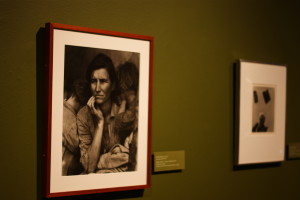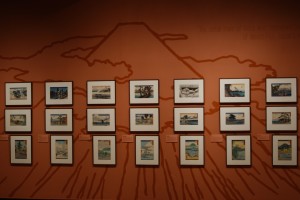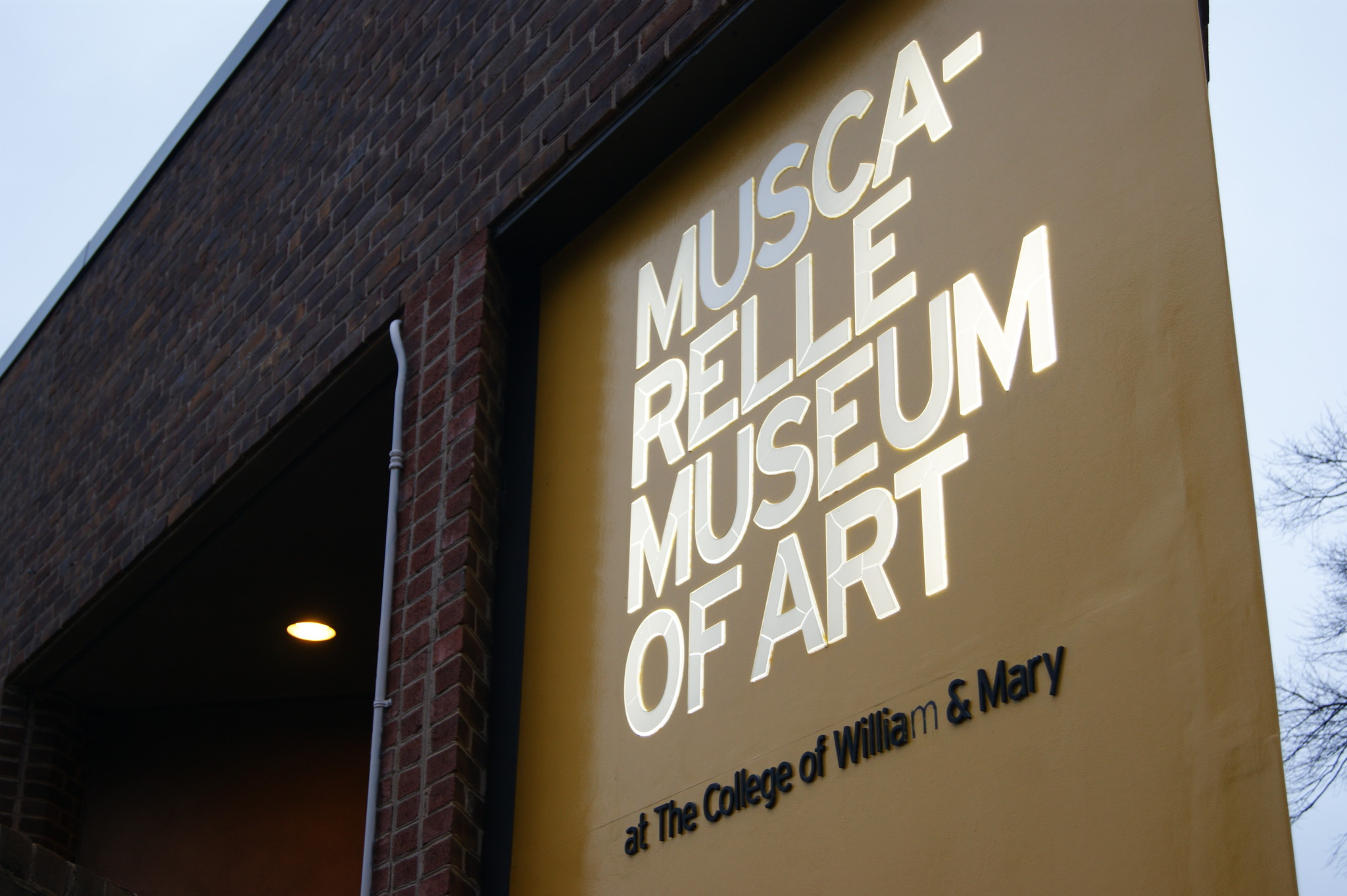- Next time you find yourself with a break after class this semester, consider going to look at Dorothea Lange’s famous photograph “The Migrant Mother” or maybe one of Norman Rockwell’s classic paintings of the Boy Scouts. While normally you would need a weekend or longer break to see these artworks, you should only need about 15 minutes to cut across campus to the Muscarelle.
The Muscarelle has three new exhibitions this semester, all of which debuted Feb. 6: “Hiroshige’s 53 Stations of the Tokaido,” “Light Works: A Century of Great Photography” and “Norman Rockwell and the Boy Scouts.”

Unlike the Hiroshige and Normal Rockwell exhibits, which will remain in the Muscarelle until August, “Light Works” will only be on display until April 10. Mostly made up of pieces on loan from the Kalamazoo Institute of Arts, “Light Works” also includes pieces from the Muscarelle’s permanent collection. Major artists in the exhibition include Dorothea Lange and Ansel Adams.
“It’s a celebration of a hundred years of photography through a series of masterworks,” Director of the Muscarelle Aaron De Groft ’88 said.
The choice to have an exhibit on photography coincided with the College of William and Mary’s new photography program, said De Groft. The College’s first ever art photography class debuted last spring, and is being develop within the Department of Art & Art History.
In order to celebrate the history of photography, the museum also set up an interactive camera osbcura between the Muscarelle and Small Hall. Students can walk into the camera obscura, the earliest form of a camera, and see the outside world flipped upside down via light let in by pinholes in the structure.
Back inside the museum, “Norman Rockwell and the Boy Scouts” celebrates the famous American painter through nine of his paintings, all on loan from the National Scouting Museum in Irving, Texas. The exhibit takes a unique approach to exploring Rockwell’s work, according to Muscarelle intern Lowry Palmer ’17.
“I feel like everyone knows the Thanksgiving dinner, the classic kids at the soda fountain, but it’s really cool to see some other Rockwell work,” Palmer said.
The collection is also a tribute to Chancellor Robert Gates ’65, who serves as President of the Boy Scouts of America. De Groft said this connection with the Boy Scouts made the exhibit a clear choice.
“The Boy Scouts, their anniversary is Feb. 8, and our Charter Day was Feb. 8 so you see where things lined up really well,” De Groft said. “The ideals taught by the Boy Scouts and what the College tries to instill in its students are pretty similar in many ways, so that was a really nice kind of synergy.”
Stepping away from American art, the museum’s “Hiroshige’s 53 Stations of the Tokaido” showcases the printmaking talent of one of Japan’s most esteemed 19th century artist. The collection has work from five different sets of Hiroshige’s “The 53 Stations of the Tokaido Road,” which have never been displayed together before now.
“Sets of these had never been compared one-on-one before, ever, and what really is neat about it when you see it this way is that it’s sort of a Google Earth approach,” De Groft said. “So in the 19th century you collected these prints because each of the stations he illustrated are shown from different perspectives. They weren’t just simply the same, and there’s all kinds of really interesting things going on in the sets.”

In order to celebrate these three exhibits, the Muscarelle is planning to host a student event in April that will take advantage of the outdoor space behind the museum. The Muscarelle usually tries to have at least one or two student events per semester, according to Intern Holly Fleming ’17.
“I helped with the student event last semester,” Fleming said. “That was the student Curating Comedy Show, and I really enjoyed that ’cause it’s something that everyone comes to, whereas the regular exhibits, you know, not all my friends come in and see it.”
In April, the Muscarelle will also participate in Williamsburg’s Historic Garden Week. Once the “Light Works” exhibit has been cleared out, pieces from the Muscarelle’s permanent collection that feature floral designs will be displayed for participants in Garden Week. De Groft said this event, called Art in Bloom, usually draws a large crowd and will feature the museum’s Georgia O’Keeffe painting “White Flower.”
Looking into the future, the Muscarelle plans to unveil a large-scale exhibit in 2017 that will follow in the footsteps of last year’s “Leonardo Da Vinci and the Idea of Beauty.”
“2017, we have a huge surprise, but I’m not willing to say what it is,” De Groft said. “If you look at our history of Charter Day, every few years opening a major, major exhibition like Michelangelo, Caravaggio, Leonardo, I would just suggest to think about that trend. It will really be a once in a lifetime chance to experience, a lot like the Leonardo show and the Michelangelo.”
De Groft also said the museum looks forward to its expansion plan as part of the College’s “For the Bold” campaign. The Muscarelle plans to expand in size and start displaying parts of its permanent collection year-round. In the meantime, the Muscarelle hopes to continue welcoming students through its doors everyday as a source for students to learn more about the art world. Fleming said she hopes more students will consider getting involved.
“A lot more student work goes into it than people probably think,” Fleming said. “And what I really like in working there is learning how there are just so many paths you can go on with museum expertise.”
Palmer agreed that the museum has helped her gain real world experience in the art world and said that more students should take advantage of the opportunity to simply walk around the Muscarelle.
“I think the funny thing is it is something on campus, but I think a lot of people don’t realize how accessible it is,” Palmer said. “Because really it’s empty so often and I’m always surprised there aren’t kids sketching, there aren’t more kids coming into see it. ‘Cause it is free, and it is such a wonderful experience, something really unique about our campus. There aren’t that many colleges with on-campus art museums, and for such a small museum, there have been so many interesting and really almost high-profile kind of stuff going on.”
De Groft said welcoming students and providing unique opportunities for them to experience art was at the core of the Muscarelle’s mission, a mission that reaches back to the original creation of museums.
“The ancient origins of where the museum began was as a place for gathering, debate discussion, and I’m sure they had fun,” De Groft said. “So let’s just put it out there as a hub of activity, as a place of creativity.”

